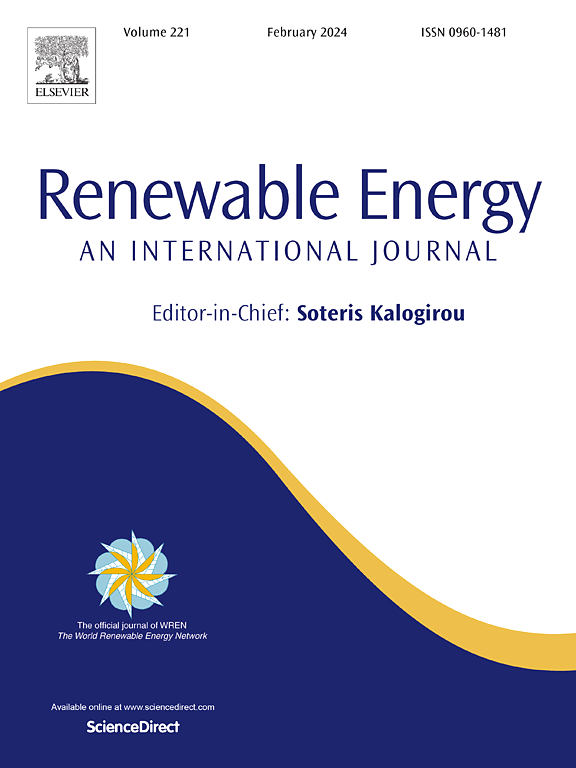Ni/N co-doped NH2-MIL-88(Fe) derived porous carbon as an efficient electrocatalyst for methanol and water co-electrolysis
IF 9
1区 工程技术
Q1 ENERGY & FUELS
引用次数: 0
Abstract
The technology of using electricity generated from renewable energy sources such as wind and solar power for water electrolysis to produce hydrogen has achieved high efficiency, high purity, and environmental friendliness. However, its further development is constrained by the high overpotential of the oxygen evolution reaction (OER) and the high cost of precious metal catalysts. The methanol oxidation reaction (MOR) as an alternative to OER can significantly reduce overall energy consumption and accelerate the hydrogen evolution reaction. This study innovatively utilizes the metal-organic framework (MOF) of NH₂-MIL-88(Fe) to introduce Ni doping, preparing a series of FexNiy-MOF and their bimetallic carbon derivatives (FexNiy/C) through solvothermal synthesis and high-temperature carbonization. Results show that FeNi₂/C exhibited excellent performance in OER, with a Tafel slope of 38.69 mV·dec⁻1 and an overpotential of 335 mV at 10 mA cm⁻2, comparable to RuO₂. In MOR, the overpotential was 193 mV, reduced by approximately 140 mV compared to OER, with outstanding stability. The catalytic mechanism was analyzed using ion chromatography, revealing the key role of Ni doping in enhancing catalytic activity and stability. This study provides new strategies for improving the electrocatalytic hydrogen production efficiency of renewable energy and reducing the production cost of hydrogen energy.

求助全文
约1分钟内获得全文
求助全文
来源期刊

Renewable Energy
工程技术-能源与燃料
CiteScore
18.40
自引率
9.20%
发文量
1955
审稿时长
6.6 months
期刊介绍:
Renewable Energy journal is dedicated to advancing knowledge and disseminating insights on various topics and technologies within renewable energy systems and components. Our mission is to support researchers, engineers, economists, manufacturers, NGOs, associations, and societies in staying updated on new developments in their respective fields and applying alternative energy solutions to current practices.
As an international, multidisciplinary journal in renewable energy engineering and research, we strive to be a premier peer-reviewed platform and a trusted source of original research and reviews in the field of renewable energy. Join us in our endeavor to drive innovation and progress in sustainable energy solutions.
 求助内容:
求助内容: 应助结果提醒方式:
应助结果提醒方式:


